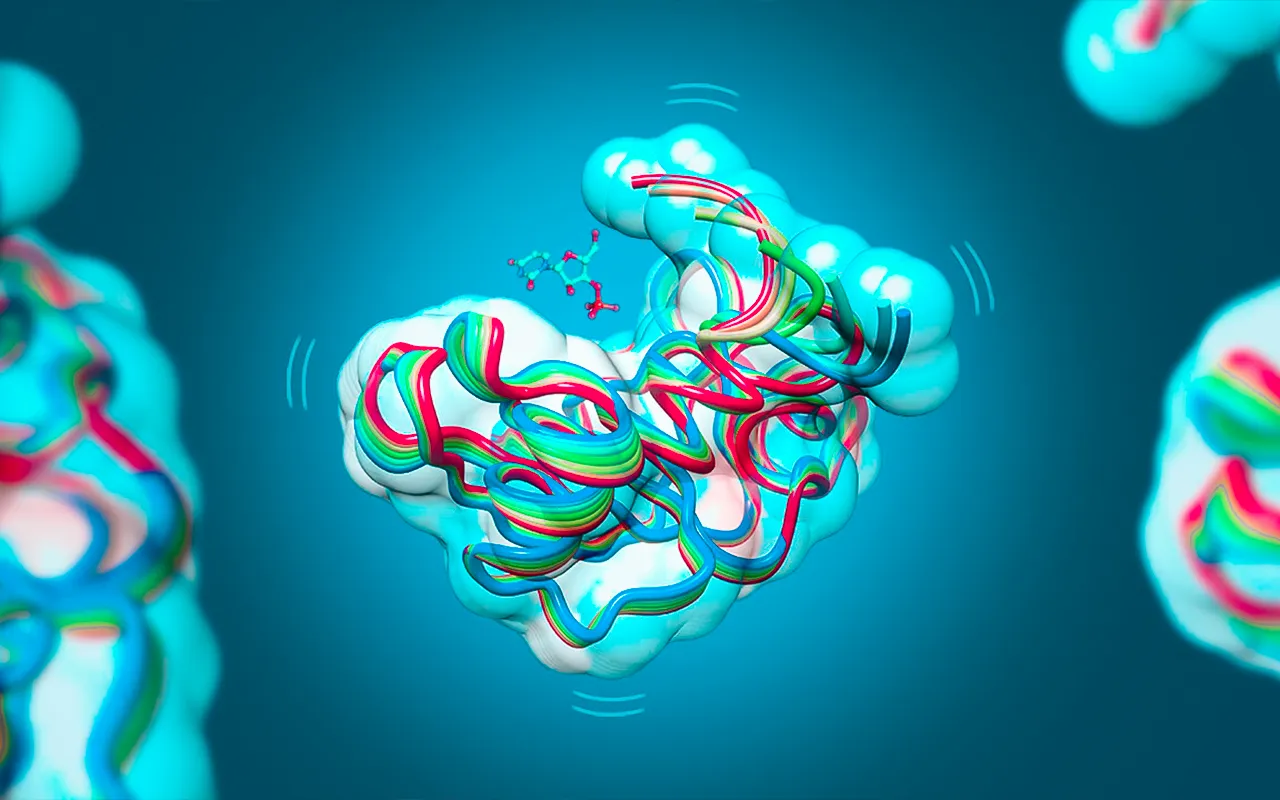A breakthrough paper just published in September 2024 has resolved a cell biology puzzle in protein sorting within epithelial cells that has remained unsolved for many decades. An interdisciplinary team of researchers, led by Vanderbilt University Ph.D. student Christian de Caestecker, was able to formulate and test a model that describes a mechanism for how the epithelial cells sort and deliver specialized proteins. This is an important process that helps cells maintain polarity and avoid disease. This discovery thus provides a very important milestone in our knowledge of the biology of epithelial cells, which are so crucially involved in many human diseases, particularly cancer.
Importance of Protein Sorting in Epithelial Cells
Epithelial cells are polarized cells forming barriers that protect, including the skin and lining of organs, and play an active role in a number of physiological processes, such as absorption, secretion, and protection against pathogens. These cells have to sort proteins correctly, either to the apical surface, which faces the external environment, or to the basolateral surface, which faces the internal environment, for proper functioning. A defect in this sorting mechanism thus leads to diseases such as cancer, which almost always involves disrupted cell polarity and abnormal protein localization.
This has been well understood for decades, as scientists have known how proteins are targeted to the basolateral surface by molecular “zip codes.” But the route that proteins take to get to the apical surface has remained mysterious. Many of these proteins lack the requisite cytoplasmic tail signals, and their mechanism has remained unknown.
Breakthrough in the Sorting Mechanism
Now, a breakthrough comes from Christian de Caestecker’s study under Dr. Ian Macara, Chair of Cell and Developmental Biology at Vanderbilt. Researchers report in Nature Cell Biology that the size of a protein’s cytoplasmic tail is the critical determinant in its sorting. Short-tailed proteins get shipped to the apical surface, whereas longer-tailed ones are sent to the basolateral side. This “size filter” works at the Golgi apparatus, where cells process and sort proteins.
They could demonstrate that it is possible to alter a protein’s final destination in the cell by artificially altering its cytoplasmic tail. For example, they found that an apical protein was mistargeted to the basolateral surface if they artificially lengthened its tail. Indeed, the data supported the hypothesis: the Golgi uses tail length as one of its sorting criteria. Moreover, the researchers observed that the different regions of the Golgi processed the proteins to different sizes, suggesting compartmentalized trafficking zones within the organelle.
Implications for Human Disease
This finding has deep implications for our understanding of diseases caused by the mislocalization of proteins. Furthermore, given that most human cancers arise in epithelial cells where defects in cell polarity are commonly observed, this insight into protein sorting may lead to new forms of therapeutic intervention. Since these proteins are misrouted in the cancer cell, if one finds ways of correcting the error, then normal function of a cell could be restored.
Dr. Macara added that this finding was important in a broader perspective since, although much was known about the lateral and basolateral sorting pathways, apical sorting had remained a mystery up until now. This could provide the doorway into greater understanding not only of cancer but also of other diseases in which epithelial cell function is compromised.
Research Process and Future Directions
The research incorporated synthetic biology, molecular biology, and advanced microscopy techniques. The Vanderbilt team employed super-resolution microscopy to watch the sorting process in real time; thus, they obtained a very detailed view of how proteins are trafficked inside the cell. Besides that, this study investigated whether proteins forming complexes are sorted either together or separately. It showed that proteins destined for the apical membrane often dissociate from their partners before being sorted out, further underscoring the complexity of the sorting process.
With this in mind, this research begets a number of new questions that can be pursued. For instance, the clear elucidation of molecular mechanisms involved in the size-based sorting filter of the Golgi may point out new targets of drugs. Moreover, investigation of how this mechanism is disturbed in diseased cells may offer important information about the progress of carcinoma cancers derived from epithelial tissues and other diseases related to defects in cell polarity.
General Coverage and Implications for the Future
This breakthrough received wide publicity in major scientific news outlets. News outlets like Phys.org, Vanderbilt University News, and EcoTopical have featured that this discovery is the key to a long-standing puzzle in cell biology. Most outlets stated that this research opens up new dimensions on how epithelial cells function and their relation to human health.
This will not only be a quantum leap in basic science but also a leap toward translational research that may affect the way cancer treatment strategies are looked at. By targeting mechanisms of protein mislocalization, future therapies could restore cells to normal behavior, offering new hope for patients suffering from epithelial cancers and other related diseases.
All in all, work led by Christian de Caestecker opens a new perspective on a classic process in cell biology. The unmasking of the Golgi as a size-based sorting filter for proteins bound for the apical surface of epithelial cells solves a long-standing enigma and opens new routes for therapeutic research. This development promises to have long-lasting effects on both the scientific knowledge of cell biology and the treatment of diseases related to sorting defects of proteins.



